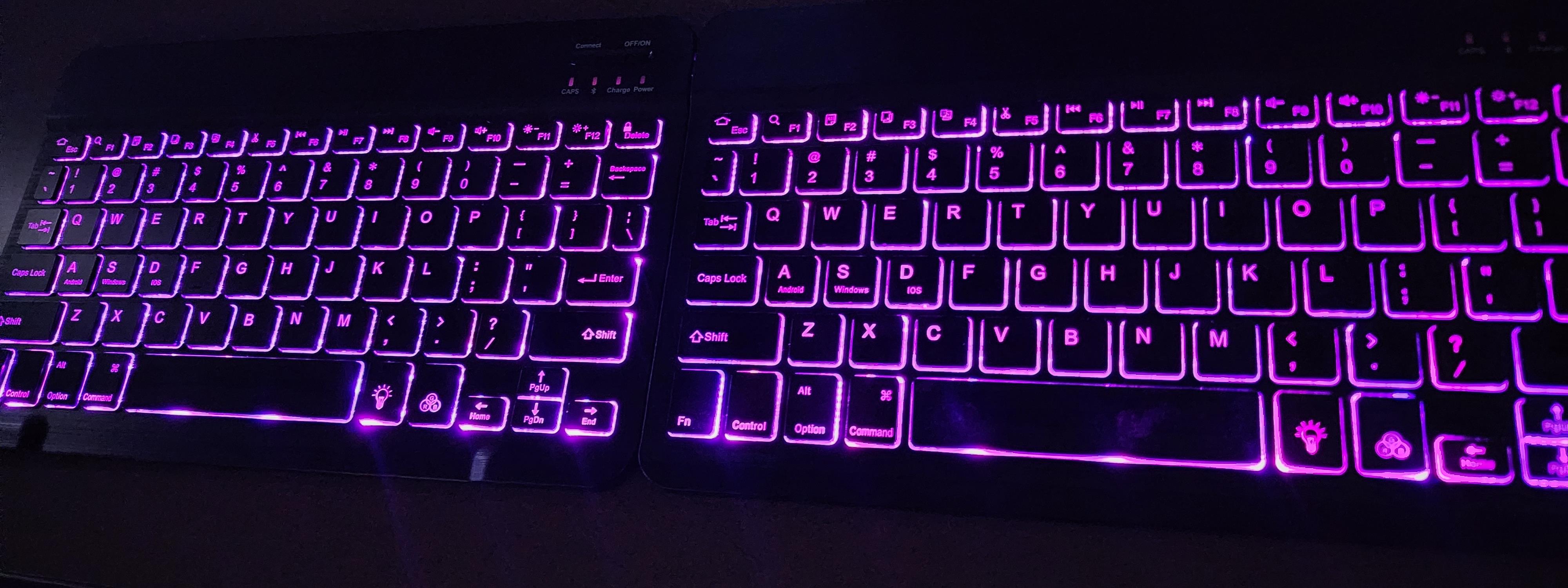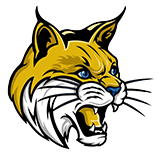
Technology Department
In the classroom, you can expect to find the following equipment:
-Teacher computer, laptop, iPad
-An interactive Projection Board
-Document camera
-Audio amplification system
The Technology Department provides many resources for teachers to use this equipment effectively. Teachers can project materials on the interactive board. As the teacher and students work out problems or write answers, the teacher can save the work to the computer, bringing it back for reference at any time.
Follow these steps before turning it in for repair:
- Restart your computer from the Start icon/Power icon.
- Do not close the lid during this process.
- Check to make sure the wireless is turned on
- Make sure to remove connect devices
If you continue to experience issues with your laptop or if it is damaged, take it to the library. You will be issued a loaner device to use while yours is in repair. You will receive an email when your laptop is repaired and ready for pick-up. Bring the loaner laptop back to the library.
The loss needs to be reported ASAP to your student’s school administration. The student/employee can then check out a loaner/spare until we settle the loss issue. It is critical that the student/employee maintain good security for the devices at all times! Please work with your student to reinforce the importance of taking care of the laptop. Employees please take care of your assigned device.
Students Parent or Guardian/Employees should file a police report and give a copy to school administration for our records.
When students’ use SMDS issued devices, while at school, they access the internet through SMDS's filtering and security systems. These systems are provided to help ensure students’ online safety as they explore the World Wide Web. They are also designed to meet the federal requirements outlined in the Children’s’ Internet Protection Act (CIPA) which the SMDS must comply with.
SMDS's computer filtering relies on a web filtering appliances that are continually monitoring the SMDS Network. These state-of-the-art filtering systems are used to block inappropriate or objectionable material and provide online computing environments for students which support their education. However, no filtering system is 100% reliable. It is reported that over 33,000 web sites are created each day and new sites with objectionable material for students can be missed or may have not yet been picked up for filtering. Students are responsible to help ensure their online safety and should report any inappropriate sites. SMDS's IAUP (Internet Acceptable Use Policy) prohibits the use of proxy bypass or other tools that can circumvent SMDS's filtering systems.
General categories of sites which are blocked by district firewalls include: Alcohol, tobacco and abused drugs; nudity and adult content; dating; social networking; games, shareware and freeware; some streaming media and music purchase and download; web hosting and web based email, online storage and backup; hacking, malware, and phishing; internet portals, personal sites and blogs, private IP addresses; proxy bypass/avoidance and dynamic DNS; and translations sites which can circumvent filtering systems; as well as other identified objectionable content.
SMDS technology staff can block additional sites identified as containing inappropriate content. If sites within blocked categories are needed for specific instructional purposes, teachers can request those sites by opened for access.
As an added measure, at home, parents can add filtering to their home network. One option is using a free filtering service like the one from www.OpenDNS.com that will filter nefarious content from your home network on all devices. If your student has accessed a website that causes you concern and that you feel is inappropriate, please forward the URL to the Network Administrator.
There are several reasons why we are providing the same computing devices to all students in school. They include safety, instruction, technical support and equity.
Safety: we have installed web filters and have other safety precautions that help prevent students from accessing inappropriate or unsafe websites while at school. We can’t be sure that devices brought from home meet the same standard.
Instruction: we have purchased and installed several different software packages on SMDS devices that will not be available on outside computers. The same software, and even the same version, will be on each SMDS device, so teachers are able to quickly and more efficiently teach entire classes and help individual students. Trying to teach a lesson with several different kinds of software and/or different versions of that software would be very difficult.
Technical Support: we can provide robust technical support through our technical support staff to a limited universe of computing devices. We can’t offer the same level of support to an unlimited universe of devices, which could lead to more computer downtime and lost learning opportunities. This practice is similar to the private sector, where employees are issued a company-owned device to ensure a predictable user experience and optimal technical support.
Equity: some families cannot afford the latest computer or even a computer at all. If all students are using the same device, they can focus on what they are learning with the device, not on who has which device and what else is on it.
Students are not precluded from bringing their personal mobile devices / computers to school, however, students who bring personal devices:
- Must use the SMDS device when required by the teacher
- May access the Internet only through the SMDS wireless network, where filters are set to the level of protection needed by an elementary student.
- Will not receive technical support or assistance with personal devices.
- Do so at their own risk. SMDS is not responsible for lost or stolen personal computers.
Contact us
Walter Fowler
Operations Manager
(IT & Facilities)
Jolene Lomakema
Registrar
Help Desk
Technology Support
x: 4325
Important Documents
Student/Parent:
IAUP - Internet Acceptable Use Policy
Student Usage Agreement/Media Release Form
Employees:
Laptop Tips
- Launch an internet browser to verify that you are able to get out to the internet.
- Properly restart your laptop every day. Click on the Start icon, click on Power and select Restart.
- Shut down your laptop after home use and boot it up at school the following morning. This ensures your computer receives all the required updates.
- Charge your laptop battery every night
- Avoid removing your battery. Frequent removal can bend the battery pins, which can damage the motherboard.
- Know your AUP. Follow the guidelines in the Student Laptop Handbook. Do not install unauthorized programs on your laptop.
- Always save your files and documents to your OneDrive or a flash drive, try not to save to the desktop of your laptop or computer. You will lose your files should the laptop crash or require a hard drive replacement. Back-Up your files regularly.
- Make sure your device is securely locked when your not around
- Do not adhere stickers to your laptop.
- When you walk away from your laptop, lock it to discourage others from using it. To lock your laptop, press the Windows icon button + the ‘L’ key.
- Remember to shut down all devices at the end of the day
- Give your laptop sufficient space in your backpack. Forcing it into your pack and not allowing sufficient space can result in a cracked screen.
- Avoid liquid and food around your laptop. Use a backpack (preferably padded) with a water bottle carrier on the outside.
- Do not carry or lift your laptop by just the screen.
- Never walk around with attachments in your USB drive (flash drive or mouse). These can jam and break the USB port on the system board. This is a costly repair.
- When opening your laptop, do not force it past the stopping point. Doing this can cause the interior posts to break.
